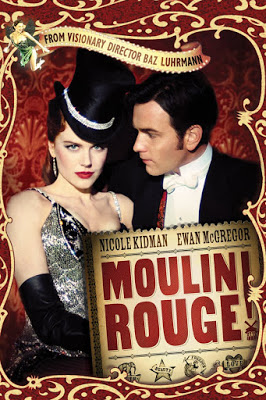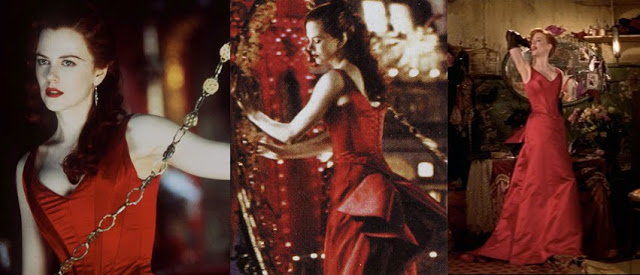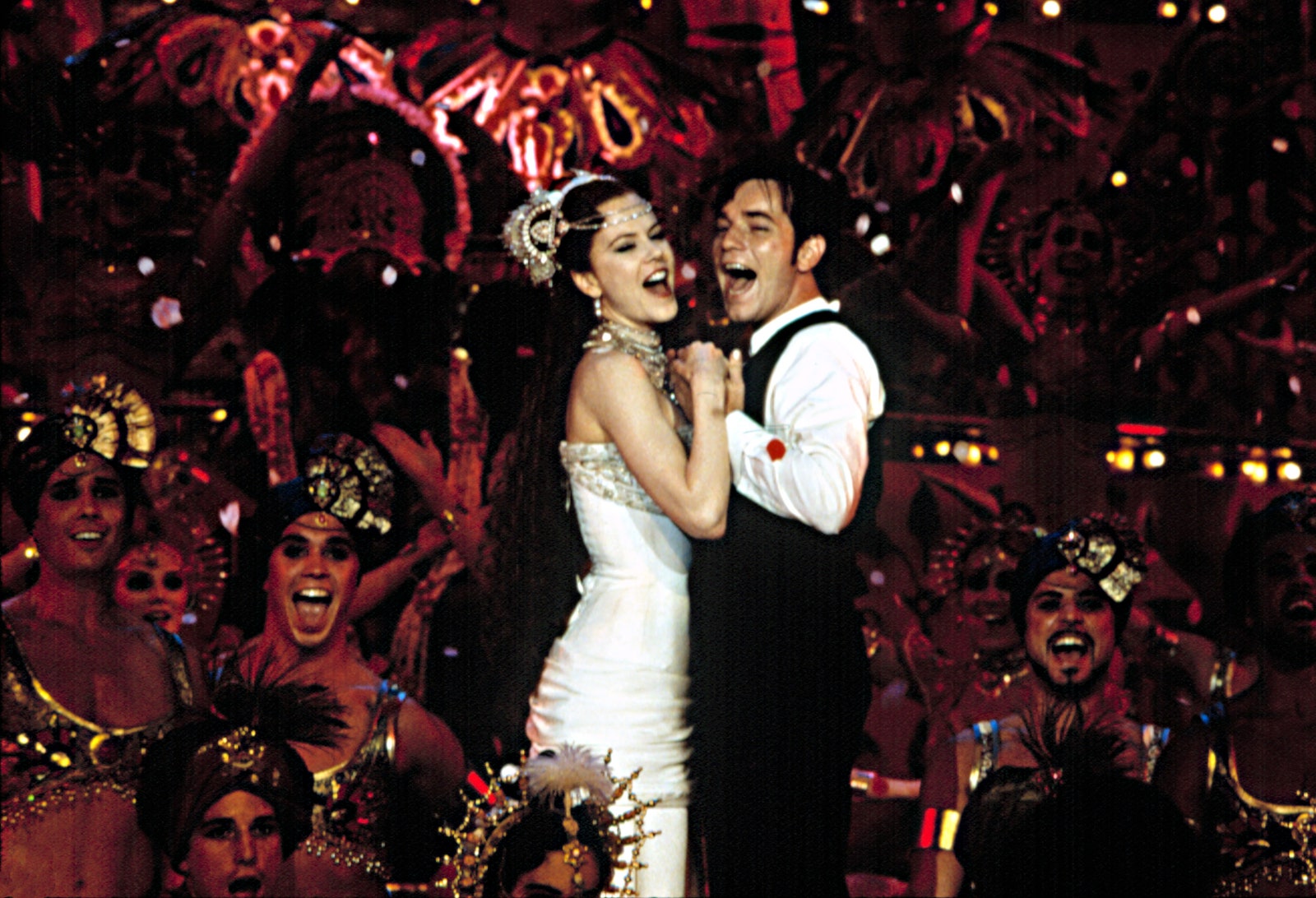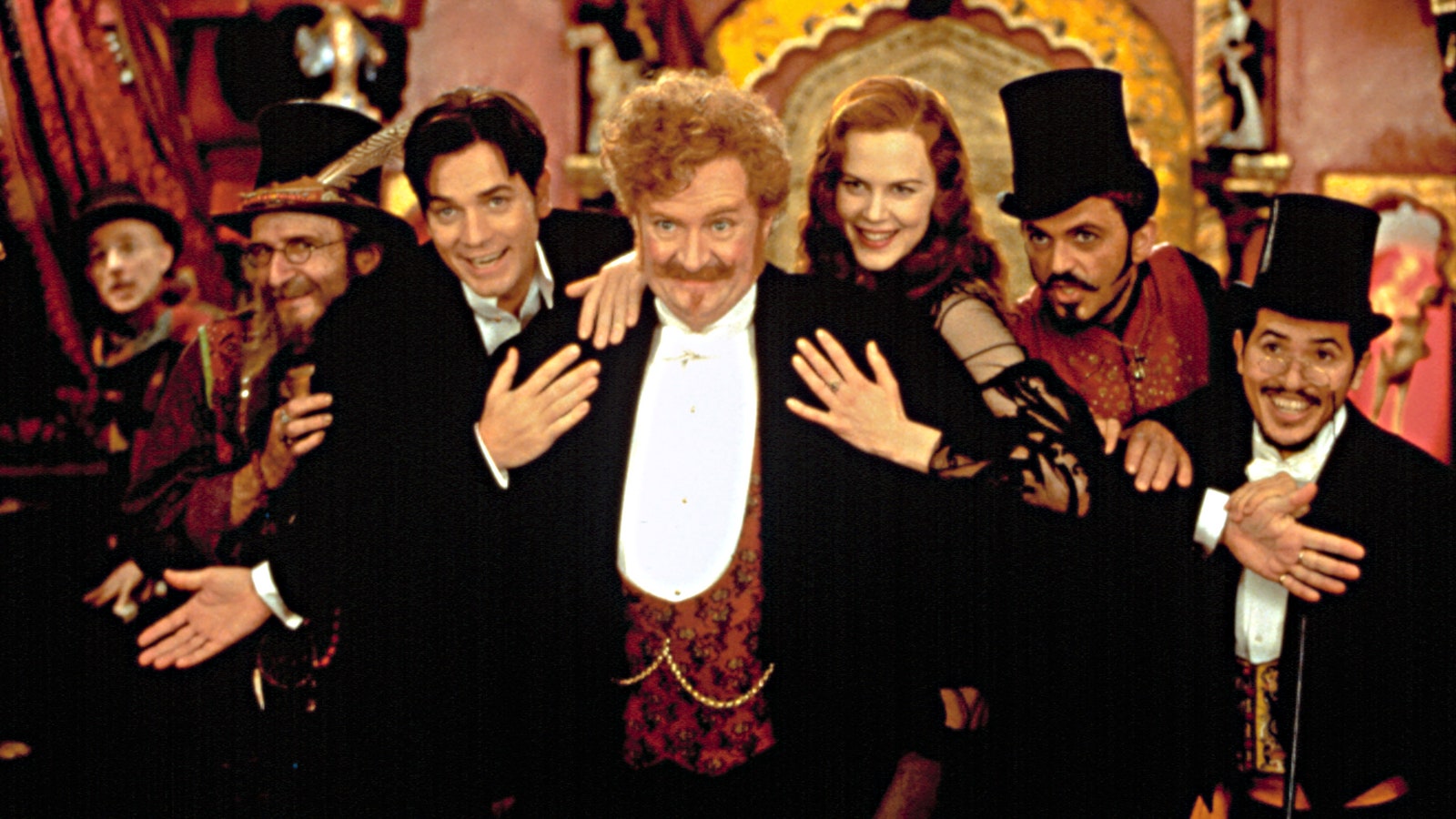Moulin Rouge!
Moulin Rouge — is one of the tourist attractions and one of the city’s many historic institutions, nestled at Montmartre Hill in the 18th arrondissement Paris. Against the Parisian gothic style apartments, the ‘red mill’ sticks out on the Boulevard de Clichy with crimson exterior and a small windmill placed atop. Moulin Rouge was first premiered at Cannes Festival back in May 2001, making it now 20 years old. It was nominated several types in Oscars, winning the Best Costume Design and Best Art Direction.

The show remains a fascination and an emblem of the carefree period of Belle Époque or the ‘beautiful era’ where a lust of euphorias and frivolities enlivened the city dated back to over 120 years ago. Belle Époque itself is a period of the French and European history, occurred during the French Third Republic. The period was characterised by economic prosperity and technological and cultural innovations, and this was also when the arts flourished in France gaining an extensive recognition on the literature, theatre, visual art, and also music.
With the set at the height of the French capital’s bohemian renaissance, the lavish feature and visual richness were an instant hit to the show that was directed by Baz Luhrmann. Up to today, Moulin Rouge’s fashion has always been relevant and brought forward through seasons — corsets, headpieces, and ornate jewellery — which are all out there at the moment.
The story evolves around a young Englishman (played by Ewan McGregor) who becomes infatuated with Satine (played by Nicole Kidman), who is a singer at the local Moulin Rouge in Montmartre. The set was made to be in 1900 with its historical time and juxtaposed by modern songs. Each scene of the show brings an enchanting look with the on stage costumes playing just an equally important role. The fashion or the costumes especially what Satine wears have obviously captured the attention; the fringed minion dress to a fitted bustier with a dramatic feathered train.
The costumes were historically accurate that they were based on what people really wore during the era (around 1889, when the real place Moulin Rouge opened). The director brought the historical sense to the audience to a ‘classic movie musical heroines’ with modern and fresh clothes to connect with today. As the costume designers, Catherine Martin and Angus Strathie had to create over 400 costumes that speak the voluptuous of the 19th century Paris.

One of the highlighted costumes of Satine is the red satin gown with a corseted top laced in the back. It strikes in its simplicity and its sculptural form and topped by a faux bustle. Just needed to be executed with confidence, the dress was perfectly captured the audiences’ attentions during Satine’s turning point on her character during the ‘falling in love’ medley with Christian.
All the costumes in Moulin Rouge had to be made delicately and thoughtful that are appropriate to the scenography to move under the footlights. Fasteners and pearls have to be planned carefully and sewn quickly that the costumes must be easy to wear and handle in between scenes.


